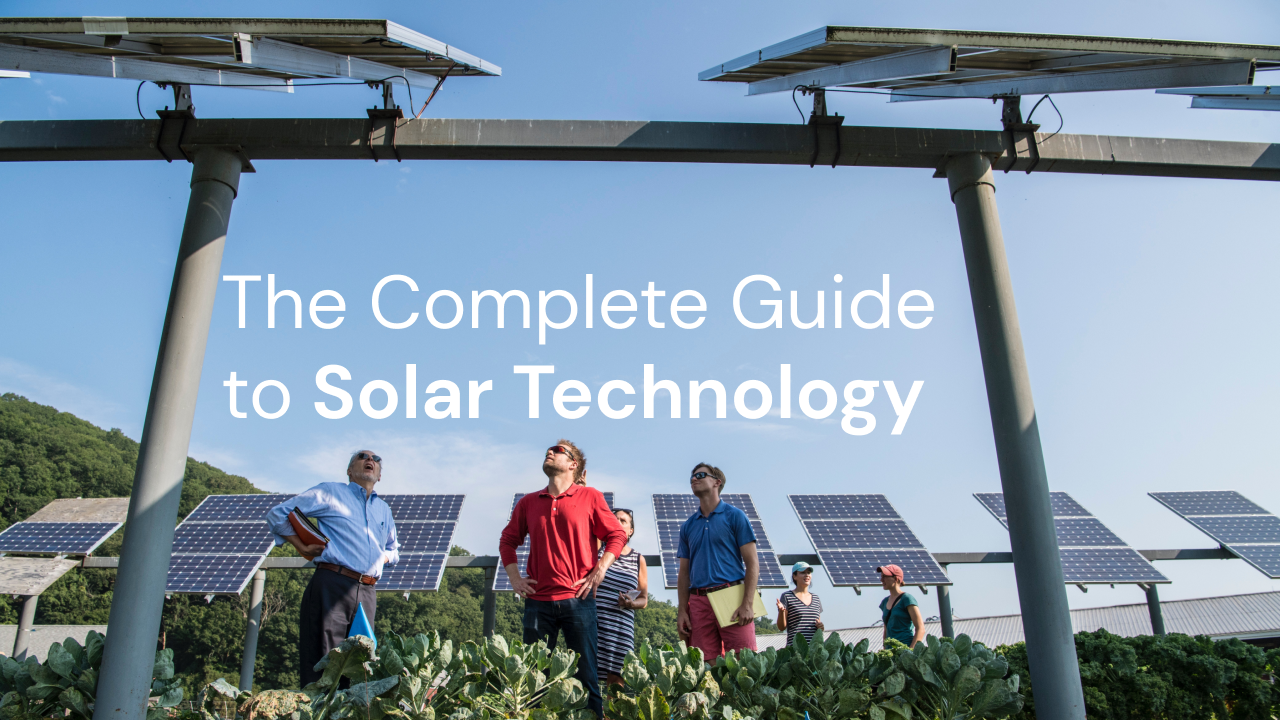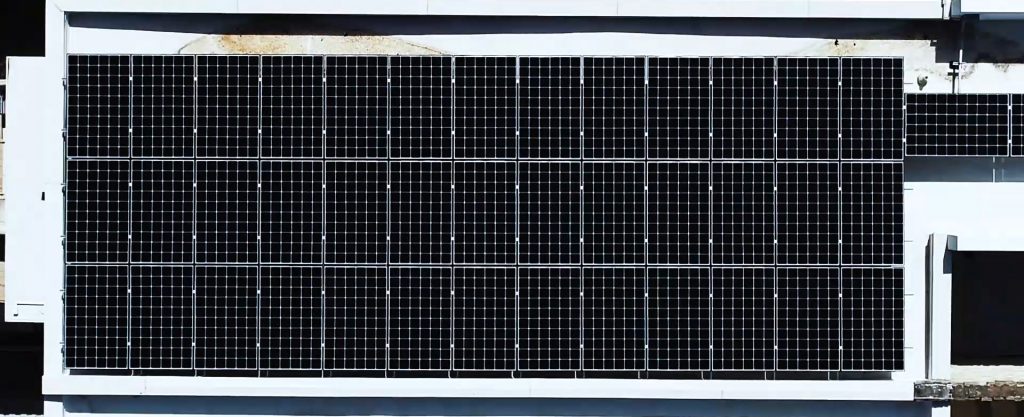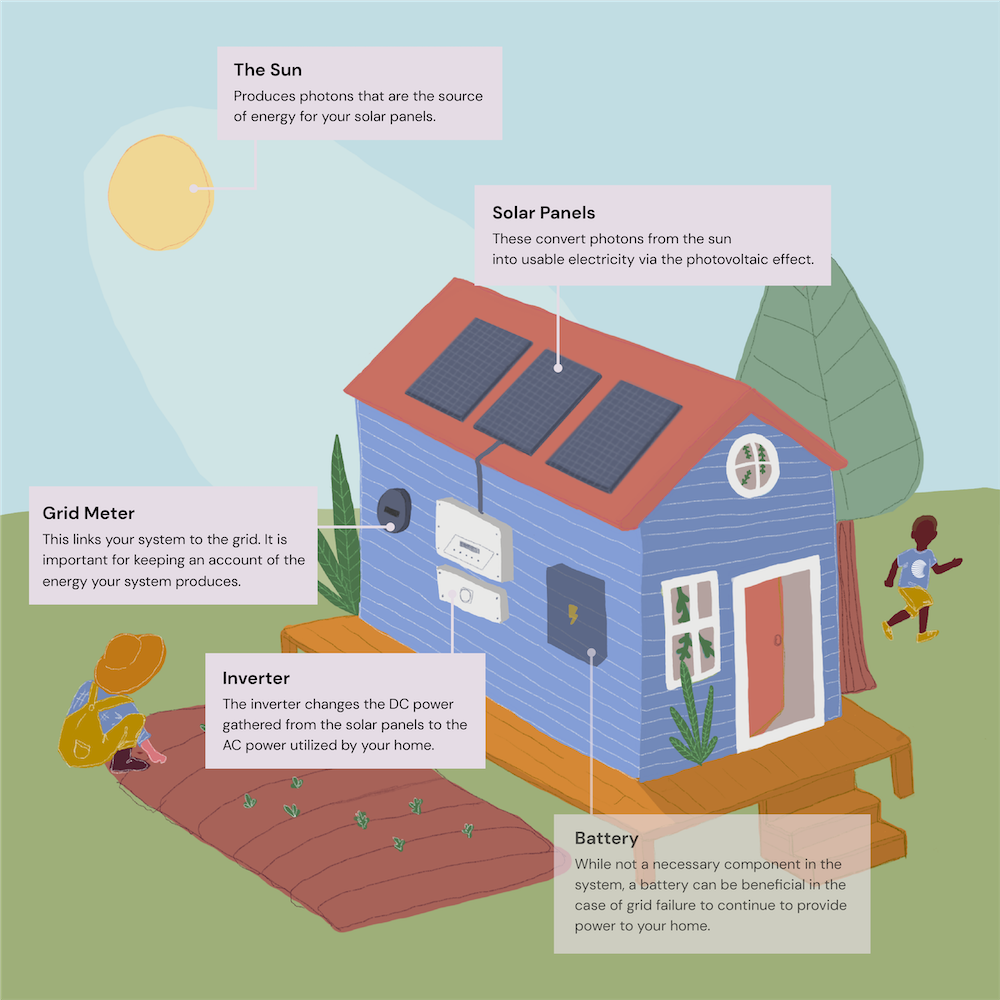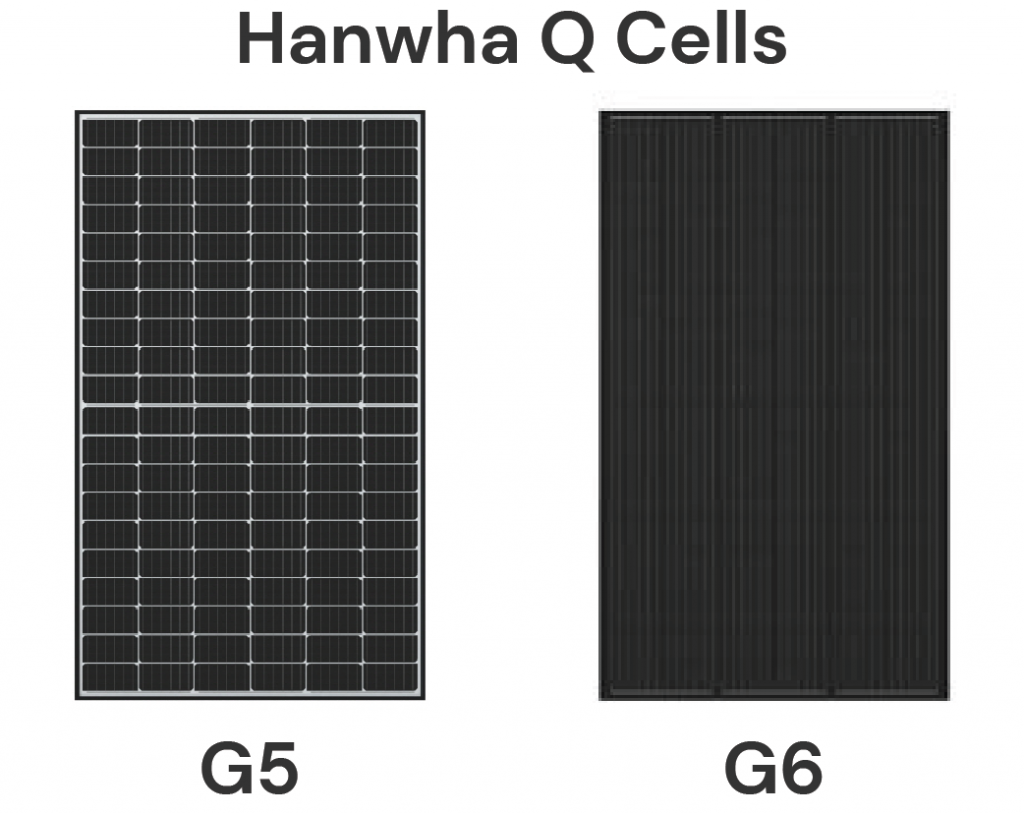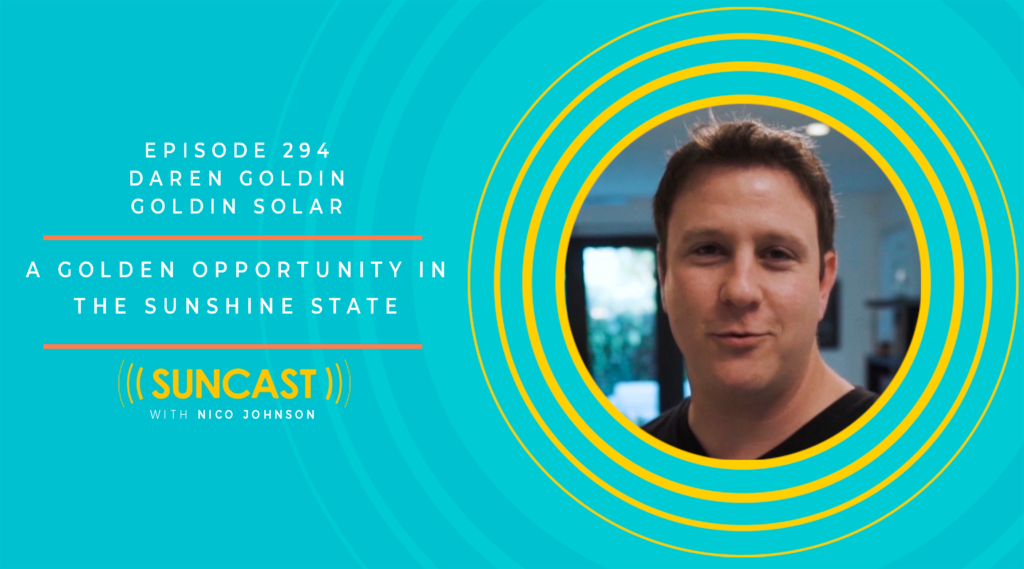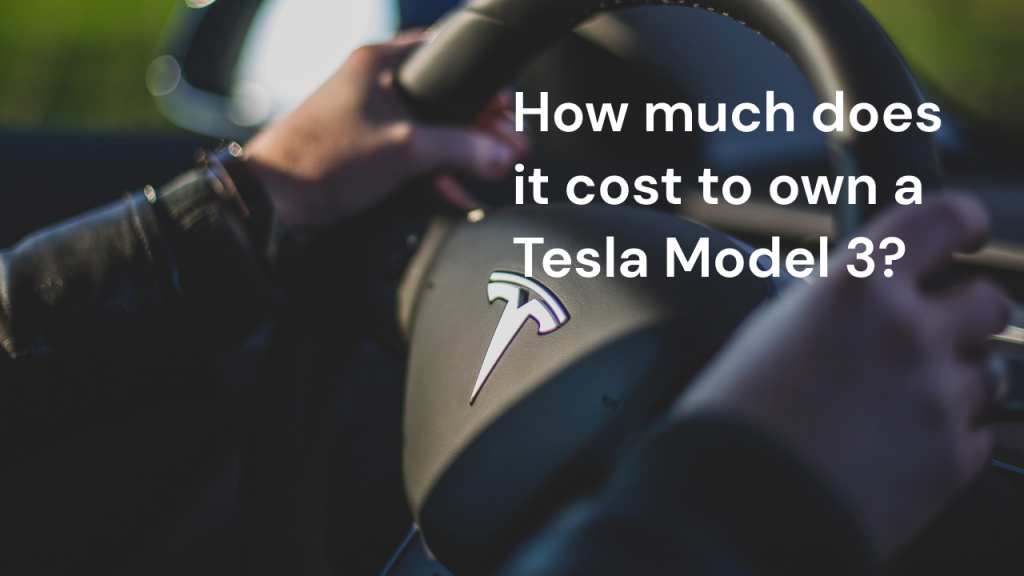We know that learning how solar works can be daunting. In this guide, you will learn how solar technology works so you can be well informed when you begin the process with a solar provider. We also highlight our favorite solar panels, inverter, and battery solutions for the Florida market in 2020.
Jump To:
-Basics of How Solar Technology Works
-Solar Inverters
–Our 2020 Inverter Choice: DC-Optimized Inverter by SolarEdge
-Solar Panels
-Our 2020 Solar Panel Choice: Hanwha Q Cells
-The Grid Meter
-Net Metering
-Optional Hardware: Solar Battery
The Basics of How Solar Technology Works
Most home solar installations are grid-tied, meaning you maintain a physical connection to the utility that services your area. The purpose of staying connected to the utility is to take advantage of net metering and ensure that you maintain power when the sun isn’t shining on your panels.
A grid-tied residential solar system has three pieces of technology: solar panels, an inverter, and a utility meter.
- Solar panels are the energy harvesters
- The inverter makes the energy usable
- The utility meter connects the system to the grid
- An optional fourth component is a battery, which stores your solar energy at home instead of sending it to the grid. Batteries ensure that you stay powered up when the grid fails.
Now let’s look at each of these components in more detail. You will learn about what they do and which options are available for each of them. Finally, you will learn about why we chose the brands we do for each component.
Solar Inverter Types and Choosing the Right One
Solar inverters convert the energy solar panels produce (direct current, or DC) into energy that is usable by your home (alternating current, or AC).
The inverter is the most common failure point of a home solar power system. As a result, the inverter is one of the most important components of a residential solar system to understand.
There are three types of inverters used in the residential solar industry today:
- String inverters
- Microinverters
- DC-optimized inverters
String Inverters
String inverters give you no ability to monitor at a panel level and have low performance. They’re old technology and are suitable only in very particular situations which most homeowners don’t face.
Microinverters
Microinverters place an inverter beneath each solar panel. These are better than string inverters because they have higher performance and allow for some panel-level monitoring. However, since the inverter is the most likely failure point of the system, having one for each panel is technological overkill and a maintenance nightmare. That’s why we don’t use them.
DC-Optimized Inverters
DC-optimized inverters are the newest inverter technology on the market and have the best performance, panel-level control and monitoring. DC-optimized systems have only one inverter, located on the side of the house for easy access. They also have DC optimizers located beneath each solar panel that allow for panel-level control and monitoring. The DC-optimized inverter combines the best features of string and micro inverters (namely, the single inverter of the string system and the panel-level control and performance of the micro system).
Our 2020 Inverter Choice: SolarEdge HD Wave DC-Optimized Inverter
The only inverter we use for our home solar power installations is the DC-optimized HD Wave model inverter made by SolarEdge. It has three components which work together to ensure the smooth functioning of your system:
- The inverter itself
- The DC optimizers
- The mobile app monitoring system
The inverter sits on the side of your house and converts DC power (which comes from the panels) to AC power (which your house uses). Having the inverter on the side of the house means that a single technician can easily service it without having to get on the roof, which translates to less downtime for the system.
The DC optimizers are small black boxes that sit under each solar panel. The DC optimizers allow the panels to operate independently.
The SolarEdge Inverter has a warranty of 12 years which can be upgraded to 25 years. The SolarEdge DC optimizers have 25-year warranties.
Finally, the mobile app monitoring system lets you see the performance of each individual panel as well as your entire system from your phone, anywhere in the world. In the event of panel malfunction, the app allows you to quickly identify which panel is the problem so technicians don’t have to waste valuable hours diagnosing the problem.
Here is a view of the SolarEdge monitoring app:
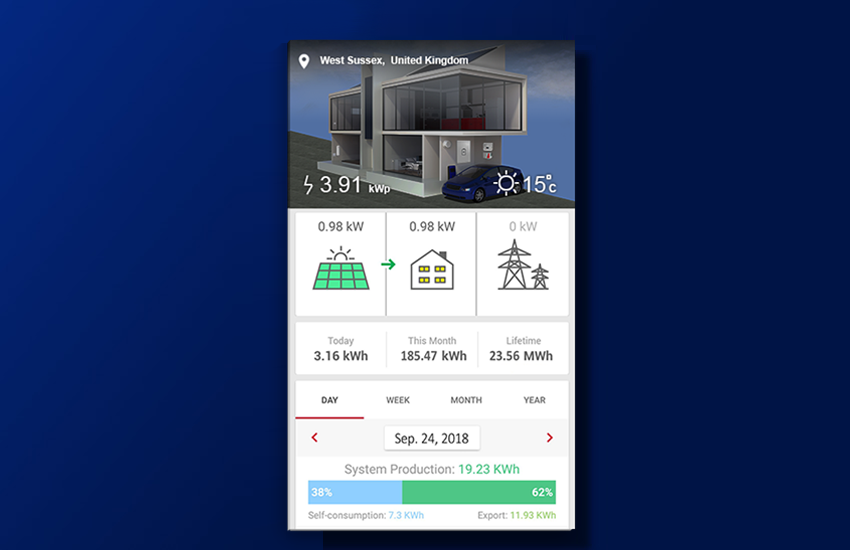
From SolarEdge
We know the inverter system is a major purchase for our customers, and we want to help them protect that investment. That’s why we ensure our customers have the ability to monitor the performance of the system as a whole and the individual components.
Finding the Best Solar Panels
Solar panels are the component of a home solar power system that turn photons from the sun into electricity via the photovoltaic effect. Factors to consider when selecting solar panels include: performance under varied weather conditions, appearance, manufacturer reliability and the warranty.
How Weather Conditions Affect Your Solar Panels
Different panels will perform differently under different weather conditions, which is part of the reason why there isn’t a universal gold standard. The best panels here in Florida are different from the best in Montana.
Temperature, low-light performance, and lift/pressure ratings are the most important attributes of your panels to understand when determining if they are appropriate for your climate.
Low heat loss, good low-light performance, and excellent lift/pressure ratings are important for us here in Florida. These attributes ensure good panel performance when we experience very hot weather, rainy days and the occasional hurricane.
Solar Panels Appearance
The appearance of your panels is often of primary concern for our customers. Your primary option in terms of aesthetics is between panels with or without metallic rails.
Panel Manufacturer Reliability
There are dozens of panel manufacturers in the United States and hundreds across the world. Many of these companies are well established and many are young and unproven. Young companies might be offering more cutting-edge technology, but by the same token, their characteristics are less certain. Another concern with small and young companies is uncertainty as to whether they will withstand the test of time and be around to service warranty claims.
Solar Panel Warranties
The reason we have listed the warranty last is because the reliability of your panel manufacturer is more important than the warranty they offer. After all, what good is a 20-year warranty if the company will be out of business in 5?
Nevertheless, there are some important things to note about solar panel warranties. Typically, solar panels come with two different warranties. The product warranty covers defects to the product manufacturing itself. The power production guarantee covers the gradual decrease in power production that all solar panels experience.
Our 2020 Solar Panel Choice: Hanwha Q Cells
After studying these factors, we settled on Hanwha as our primary solar panel manufacturer. We use Hanwha Q Cell solar panels.
Hanwha Q Cells have good efficiency under low light conditions, a competitive heat coefficient, and excellent pressure and lift ratings of 4,000 Pa. They are tested at wind speeds of 175 mph, which is what you would encounter in a Category V hurricane.
We offer Q Cell G6 and G5 panels.
The G6 panels are the newest model. They are rated at 335 watts, are all-black and are manufactured in the Georgia with solar power. They include a 25-year product warranty and a 25-year power production warranty.
The G5 panels are rated 325 watts with silver rails. They have a 25-year power production guarantee and a 12-year product warranty.
Q Cells have a power density and warranty of a premier brand like SunPower, without the increased pricetag that comes with the SunPower name.
Hanwha is a Fortune 500 company which has been publicly traded for over 30 years. Solar is just one of the many things they do and they are certain to be around to service their warranties.
The Grid Meter
The grid meter is what links your home solar system to the grid. Its hardware is standardized by your utility. The value it creates for solar customers is important to understand.
The relationship between a residential solar customer and the utility company is based on net metering. Net metering is an accounting system that utilities offer to homeowners that makes residential solar possible. Without net metering, companies like Goldin Solar would struggle to exist.
Net Metering
Solar produces energy inconsistently and at inopportune times. Peak solar generation occurs when people are out of the house during the day, while peak energy use occurs in the mornings and evenings when people are home but the sun isn’t strong.
Net metering is the sale of solar energy back to the utility when excess is produced. You earn a credit for that energy which you trade to get energy from the grid when you need it.
Critically, this exchange happens at a one-to-one rate, meaning that you buy energy from the utility at the same cost you sell it for. There is no net cost to you for selling and buying a unit of energy in most net metering programs.
Net metering is important because it is the only way to replace your electric bill with solar without expensive batteries to store energy. Additionally, staying connected to the grid means that you can go solar and still have uninterrupted electricity. It protects you from the inherent inconsistency of solar energy.
Another important thing to understand about net metering is that it does not mean you can earn significant money from your solar panels if they are producing more energy than you consume. The value of the credit you receive from the utility is much lower than the value at which the utility sells energy to others. This means it is in your best interest to install a solar array that is the smallest possible to meet your energy needs. If your system is bigger than you need, it will be more expensive but won’t generate an additional return.
Net metering policies vary based on your utility company and local regulations. In most states, net metering is protected at the state level. However, net metering is under threat in some places. Click here to learn how net metering works in Florida.
A final consideration of relevance to utility metering is whether or not your utility has time-of-use billing or not.
Time-of-Use Billing
Time-of-use billing is a billing system in which your utility charges customers more for energy during times of higher demand. This is a way for the utility to decrease power consumption during peak hours when power is more expensive to produce. Here in Florida, we don’t have time-of-use billing, but elsewhere it may make economic sense to orient your panels to the west in order to generate more power during peak (afternoon/evening) hours.
It is important to understand the basics of net metering and other utility policy specific to your area. Net metering is not in the best interest of the utility companies and how it works is a matter of government policy.
Optional Hardware: Solar Batteries
A battery is not essential for a home solar system, but it can provide many benefits and many homeowners find them to be well worth the investment.
The primary benefit of the battery is to protect you from grid failure. The battery stores your solar energy at home so if there is a grid failure, you can still power everything you need (even an electric car).
Many homeowners in disaster-prone areas are choosing to include batteries in their solar installation to maintain power during blackouts. As climate events such as fire and hurricanes grow more severe, a home battery system can make a huge difference in states like Florida and California.
Choosing the Right Battery
As with solar panels, there is a huge number of options available when choosing a battery for your solar system.
The most common and best category of battery used for residential solar applications is an AC-coupled battery.
After trying a variety of different options, we discovered that Tesla Powerwall was the best fit for our customers. Any other choice and our customers ended up disappointed, so we don’t offer other options anymore.
In fact, most of the previous installations we did with batteries made by Samsung have now been replaced by Powerwalls. Tesla Powerwall has some of the most cutting-edge technology on the market and is guaranteed to work great. Learn more about the features of Powerwall.
In Conclusion
The world of solar energy is complex, but the basics of how solar works can be understood by learning solar technology. The three most important pieces of technology for a residential solar energy system are the solar panels, the inverter, and the grid meter. If you understand what each of these things does, you will be well prepared to meet with a solar energy consultant and determine whether solar might be right for you. To learn more about how to power your home with solar in Florida, check out this five-step guide.
If you are interested in teaching your kids about solar, check out this resource guide for kids.
To learn more about solar, visit our FAQ.
